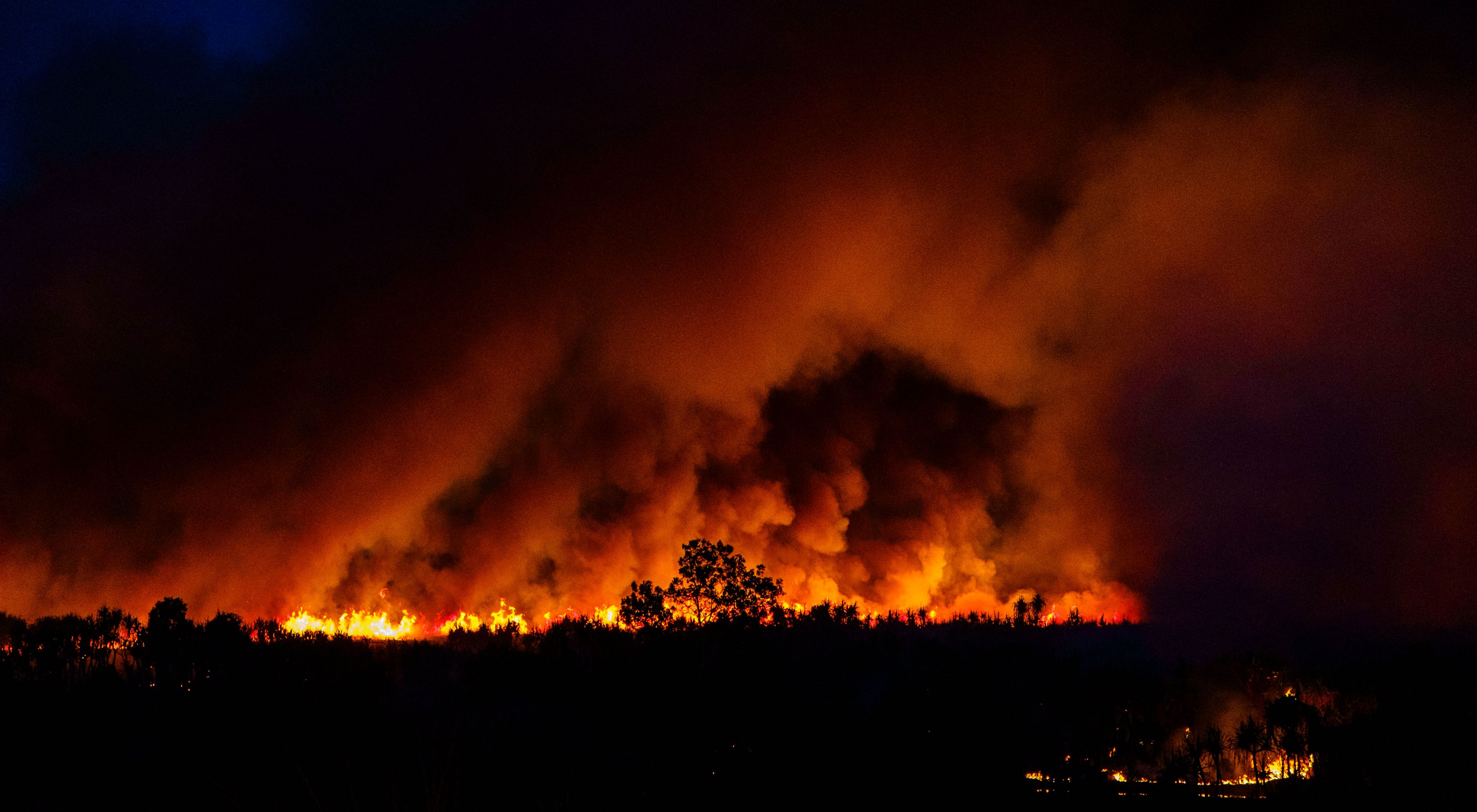Unwinding the Relevance of a Comprehensive BAL Report for Your Residential or commercial property
Unwinding the Relevance of a Comprehensive BAL Report for Your Residential or commercial property
Blog Article
Just How BAL Report Impacts Shrub Fire Protection Procedures
In the realm of bush fire security, the Structure Assault Level (BAL) report stands as an essential device that considerably affects the security and durability of properties in fire-prone locations - BAL Report. The effect of a BAL assessment expands much past plain documents; it works as the foundation for figuring out the suitable building standards and fire security procedures necessary to minimize the risks presented by bushfires. As communities grapple with increasingly serious fire periods, recognizing exactly how the BAL report shapes these protective procedures ends up being vital for policymakers, house owners, and building contractors alike
Comprehending the Bushfire Assault Degree

Significance of BAL Report Evaluation

In Addition, the BAL record evaluation works as a foundational step in abiding by lawful responsibilities and demands associated with bushfire protection. Local councils and authorities frequently mandate the submission of a BAL record as component of the preparation and building approval procedure to make sure that properties are appropriately secured against bushfire dangers. Falling short to conduct a comprehensive BAL record analysis can cause inadequate protection procedures, leaving here residential properties vulnerable to ruining More Bonuses bushfire occurrences.
Construction Specifications Based Upon BAL
An extensive understanding of the Bushfire Assault Degree (BAL) makes it possible for residential or commercial property owners to apply building and construction requirements customized to their details risk profile. Construction standards based on BAL are important in mitigating the impact of bushfires on residential or commercial properties. The BAL score categorizes the potential threat a property deals with during a bushfire on a scale from BAL-Low to BAL-FZ (Flame Area)
Executing Fire Defense Measures
With the structure of building criteria based upon Bushfire Strike Degree (BAL) in position, the focus now changes towards the functional application of fire defense procedures to fortify residential or commercial properties versus bushfire risks. Executing fire defense procedures involves a combination of passive and energetic techniques to enhance the strength of buildings in bushfire-prone locations. Passive measures include using fireproof structure materials, setting up ash guards on vents, sealing spaces in wall surfaces and roof coverings, and preserving a clear space around the residential property without flammable plants. Active procedures encompass having firefighting equipment easily available, such as pipes and water pumps, as well as creating a defendable room around the residential property by clearing plant life and having a properly maintained garden. Furthermore, creating an evacuation strategy and making sure all homeowners are mindful of emergency procedures are important elements of reliable fire security steps. By integrating both passive and active strategies, residential or commercial properties can considerably reduce their vulnerability to bushfire events and enhance the safety and security of occupants.
Safeguarding Homes Versus Bushfires
Properly protecting homes against the damaging influences of bushfires needs a thorough and proactive approach to fire defense actions. Home owners living in bushfire-prone areas must focus on the execution of different methods to improve their residential property's durability against wildfires. One essential aspect is creating a defensible room around the home by maintaining a clear area free of flammable learn this here now materials. This consists of regularly cutting plants, removing dead plants, and ensuring a risk-free range between frameworks and trees. Setting up fire-resistant roof materials can additionally substantially lower the threat of coal strikes and direct fire get in touch with. Furthermore, securing voids and vents to avoid ash breach, along with incorporating fireproof doors and windows, can aid strengthen the home's defense versus bushfires. Spending in a reputable water source, such as a properly maintained lawn sprinkler or a committed water storage tank, is critical for supplying water during fire emergency situations - BAL Report. By accepting a positive position and integrating these protective procedures, home owners can significantly raise their chances of guarding their homes versus bushfires.
Conclusion
In conclusion, the Bushfire Attack Level (BAL) record plays an important duty in establishing the essential security steps versus bushfires. Executing fire defense procedures based on the BAL report is important in guarding properties from possible bushfire hazards.
In assessing bushfire risk to residential properties, recognizing the Bushfire Attack Degree (BAL) is a crucial element for implementing efficient security actions. Overall, a clear understanding of the Bushfire Attack Degree is important for implementing ample protection procedures and mitigating the effect of bushfires on homes.

Report this page